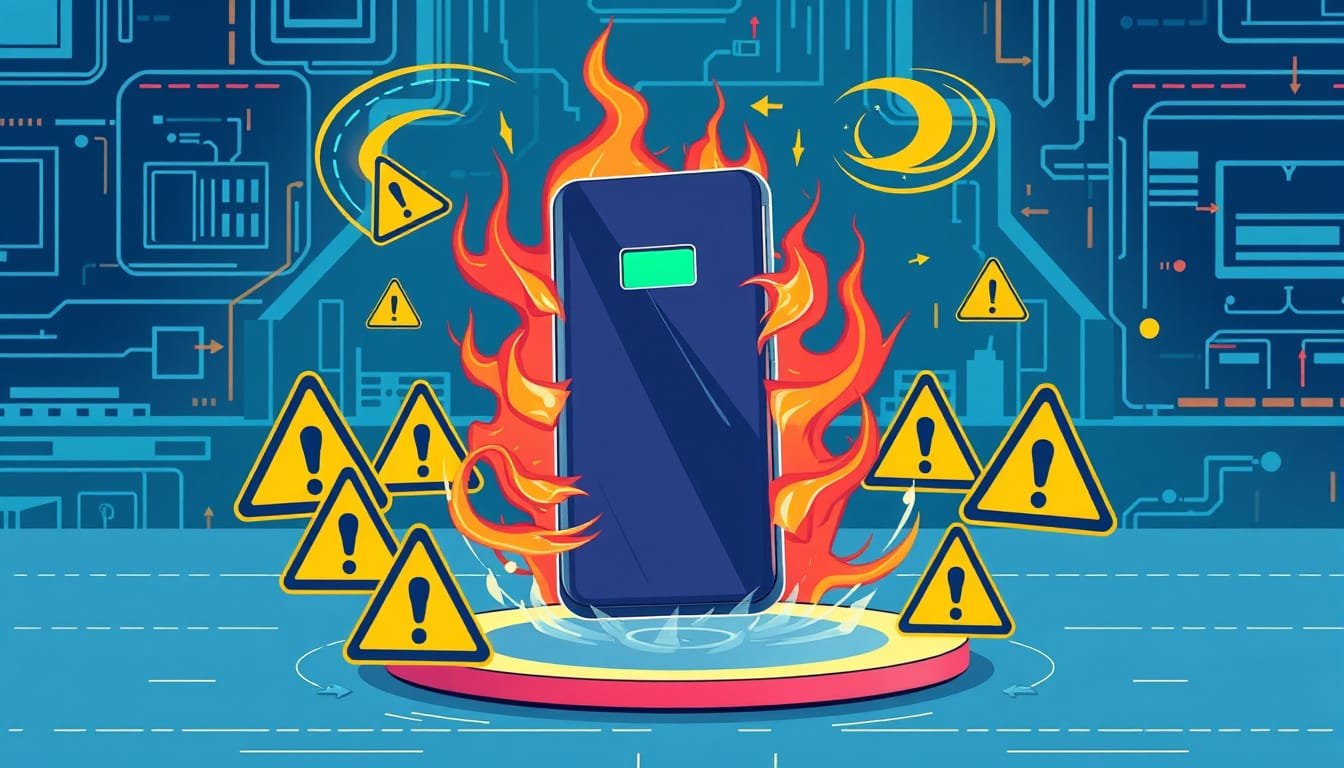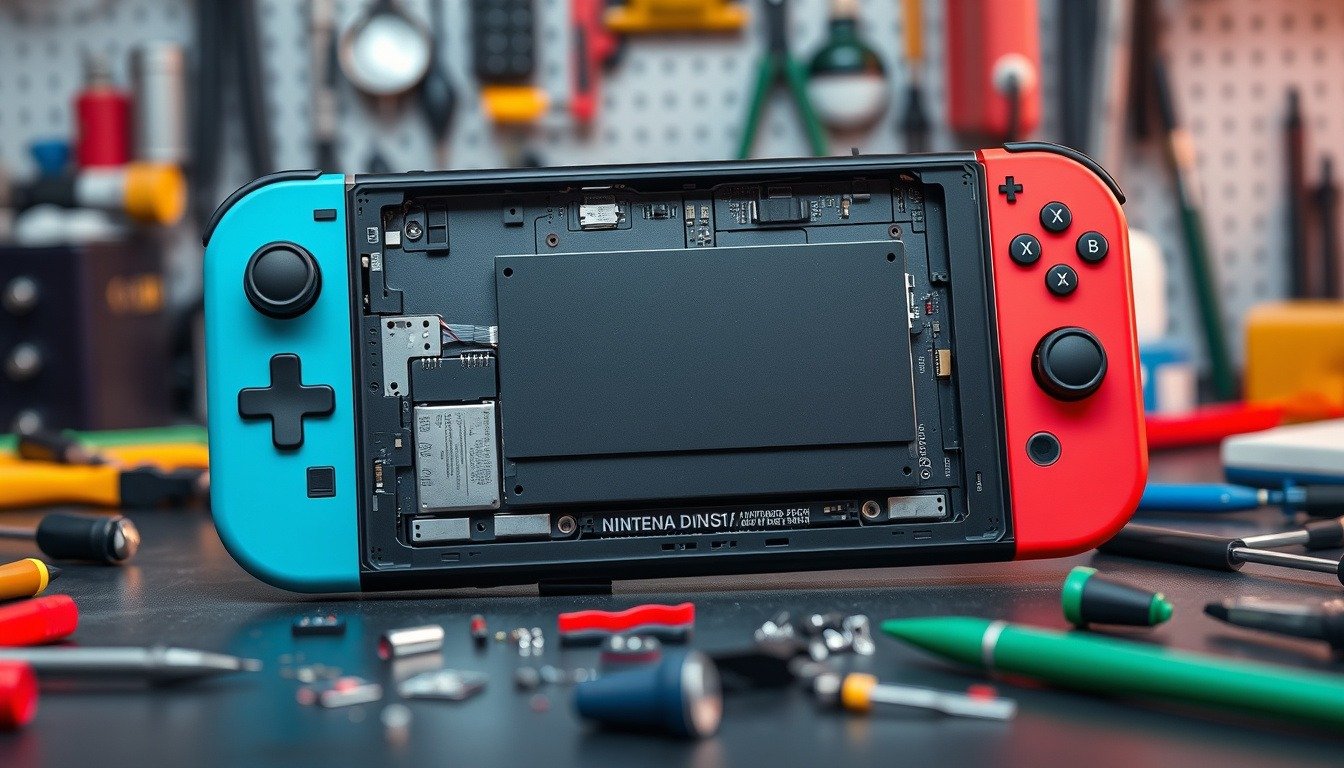Are you serious about lifting?
Then let’s talk weights and support!
Using a weightlifting belt can be a game-changer in your fitness journey, especially when tackling heavy squats or deadlifts.
Sure, these belts won’t prevent injuries on their own, but they do boost your core stability, allowing you to lift heavier with confidence.
In this post, we’re breaking down the top three types of weightlifting belts that every dedicated lifter should consider.
From affordable Velcro options perfect for beginners to the sturdy support of leather belts, each type serves a unique purpose in your training arsenal.
Whether you’re just starting out or you’ve been pumping iron for years, the right belt can make all the difference.
So, ready to unlock your true strength?
Let’s dive in and find the belt that fits you best!
Try Hostinger Webhosting get a website as low as $3.99!

Key Takeaways
- Weightlifting belts enhance performance by providing core support, especially during heavy lifts.
- Beginners should consider 4-inch Velcro belts for their affordability and ease of use.
- Leather belts, whether single-prong or lever, offer durability and comfort for serious lifters.
Understanding the Importance of Weightlifting Belts
Why Weightlifting Belts Matter: 3 Top Choices for Serious Lifters
If you’re serious about lifting, you’ve likely pondered the role of weightlifting belts in your routine.
Weightlifting belts provide essential core support, boost performance, and can make a significant difference during heavy lifts like squats and deadlifts.
Think of them as your lifting sidekick—always there to lend a hand (or a belt).
Let’s break down three belt types that can help you lift smarter, not harder.
Find your perfect weightlifting belt here on Amazon
1. 4-Inch Velcro Belts: Perfect for newcomers, these belts are affordable, typically costing between $30 to $70.
The 2Pood Velcro belt stands out for its locking mechanism, keeping your focus on lifting, not readjusting.
2. Leather Single-Prong Belts: A favorite among seasoned lifters, these sturdy belts offer both comfort and durability at prices ranging from $60 to $150.
Skwarecki’s Pioneer cut provides offset holes for precise adjustments—no more struggling with fit.
Unlock Online Freedom: Get AdGuard VPN for Just $39.97 – Limited Time Offer!
3. Leather Lever Belts: These are a game-changer for powerlifters, allowing quick adjustments without removal.
Expect to spend $100 to $150 for a quality model, but the convenience is worth it.
No matter which type you choose, the right belt can support your lifting journey.
Don’t forget to measure your waist for an ideal fit.
So, which belt will you strap on for your next lift?
Choosing the Right Belt for Your Lifting Style
When it comes to selecting a weightlifting belt, the fit is crucial.
A belt that’s too loose might slip during your squat, while one that’s too tight could restrict your breathing—an obvious no-no.
A good rule of thumb to follow is measuring your waist at the height where the belt will sit.
Many brands offer sizing charts to ensure you get it right.
For instance, while a 4-inch width works for most exercises, those diving deep into heavy squats or deadlifts may benefit from a wider belt for increased support.
And if you’re uncertain about thickness, a 10 mm belt is a solid middle ground.
Remember, testing out different sizes and styles can make a world of difference in your lifting performance.
It’s about finding what melds seamlessly with your technique and boosts your strength game.



















